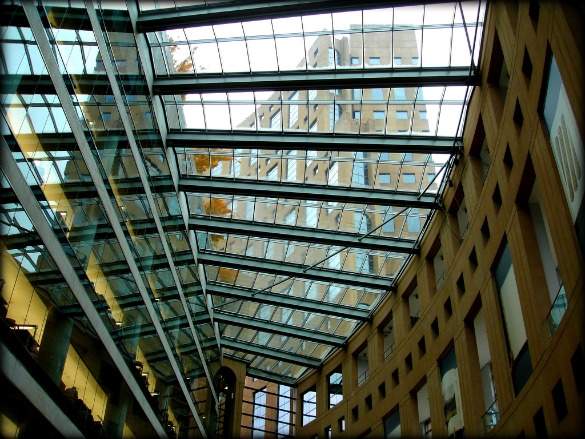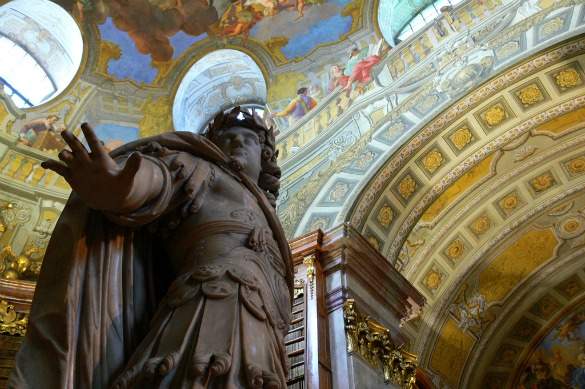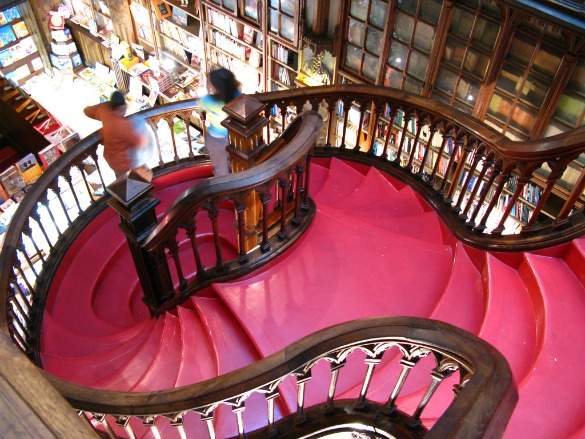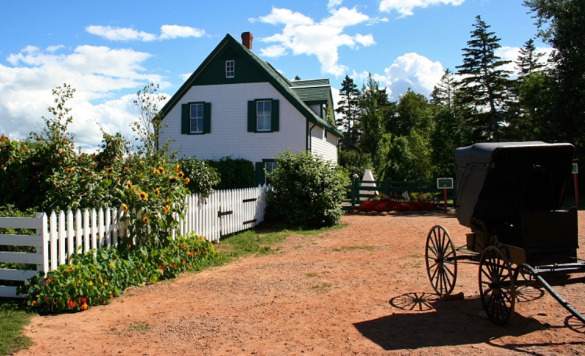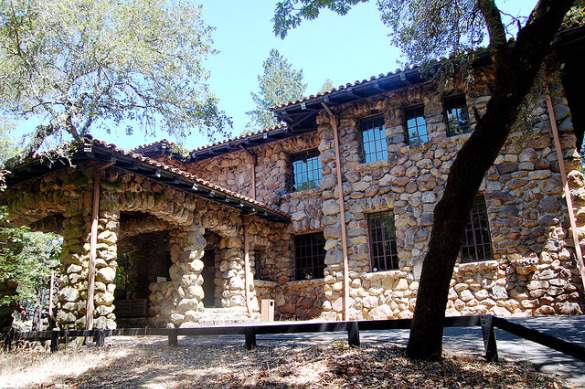I've been enjoying some vacation and travel time with friends and family. I'm also planning several future vacations. I'm trying to squeeze as much travel time as possible in before school starts.
I know many of you are planning vacations as well. If you’ve ever wanted to be inspired by the same views your favorite authors enjoyed as they created classic works of literature, try these. Not every famous writer’s home has been preserved, but the following are five ideas for literary-themed vacations in the United States and across the pond:
1 – Louisa May Alcott: Concord, Massachusetts
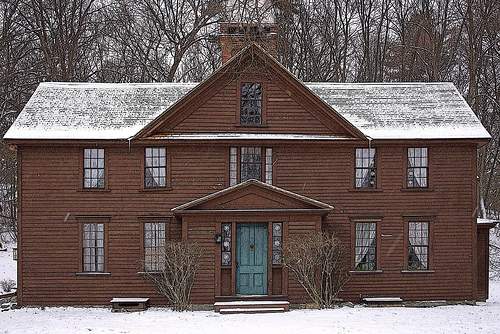
In humble Orchard House,
Louisa May Alcott quietly created one of the most beloved novels in American literature,
Little Women. She based the main characters on herself and her sisters and the March family home on this boxy house on Lexington Road; indeed, no major structural changes have altered the appearance of the house since the Alcotts lived there from 1858 to 1877. Now the house is full of original family possessions and mementos such as the family china in the dining room where the Alcotts enjoyed vegetarian meals and discussed women’s suffrage, paintings by Louisa’s sister May in Louisa’s bedroom chamber where she wrote at a half-moon desk built by her father between the windows, and family portraits on the wall of the parlor where guests sat to watch as the sisters performed theatrical productions. The kitchen also holds many pieces original to the house, including a soapstone sink, a hot water reservoir, a mortar and pestle, and wooden bowls.
2 – The Brontë Sisters: Haworth, England
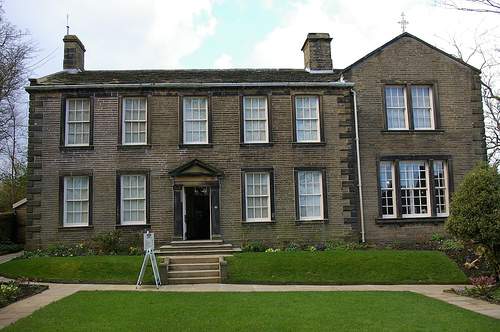
In just one stop in Yorkshire, you can see the old stomping grounds of three of the most celebrated 19th century authors of British literature. Charlotte, Emily, and Ann Brontë (writing as Currier, Ellis, and Acton Bell) composed beloved novels like
Wuthering Heights,
Jane Eyre, and
The Tenant of Wildfell Hall at the dining table, which you can still see at the
Brontë Parsonage Museum on Church Street in Haworth. Much of the original furniture, family photographs, letters, and the sisters’ manuscripts adorn the modest house, and be sure to venture a bit away from Haworth, as well, and you’ll find yourself in the haunting moors made famous by Heathcliff and Catherine in
Wuthering Heights. As of February 1, 2009, the grounds will also feature a permanent exhibition on the Brontës’ lives and works and will also include interactive activities for children.
3 – Ernest Hemingway: Key West, Florida
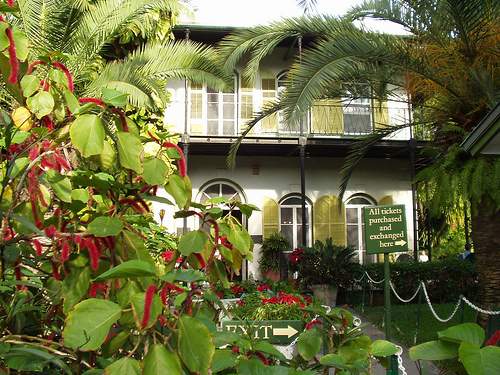 Ernest “Papa” Hemingway
Ernest “Papa” Hemingway is one of America’s most admired and fascinating authors—and the Spanish Colonial home where he lived and wrote for 10 years in Key West holds just as much intrigue as the writer himself. His writing studio, converted from a carriage house, remains today as it was when he was writing novels
For Whom the Bell Tolls and
To Have and Have Not and short story “The Snows of Kilimanjaro,” complete with a Cuban cigar-maker’s chair and Royal typewriter; the entire property is dotted with international accents from Portuguese and Spanish tiles to a hand-blown glass chandelier from Murano, Italy outside of Venice. Also be sure to stop and pet the 60 or so cats that roam the grounds, most descendants of Papa’s six-toed cat that had been the gift of a sea captain passing through the Keys; you might find them gathered at the cat drinking fountain, fashioned from an old Spanish olive jar from Cuba and a urinal from a local bar adorned with decorative tile.
4 – William Shakespeare: Stratford-upon-Avon, England

Although he passed away hundreds of years ago, the world’s most famous playwright lives on in his hometown of Stratford-upon-Avon. The
Shakespeare Birthplace Trust was formed in 1847 when it bought William Shakespeare’s childhood home; it then snatched up four other houses closely related to Shakespeare’s life and also takes care of the Harvard House, home of The British Museum of Pewter. In Stratford, founded in 1200, you can walk through Shakespeare’s home as it might have looked when he was just a boy drawing inspiration from the world around him; Tudor artifacts abound as well as priceless First Folio editions of his plays. Other properties run by the Trust in the charming English village include Anne Hathaway’s Cottage, the childhood home of Shakespeare’s wife; Hall’s Croft, the house of Shakespeare’s daughter; and Mary Arden’s House, the childhood home of Shakespeare’s mother, which provides an excellent taste of rural life in the English countryside. While you are there, visit the rebuilt Globe Theater.
5 – Mark Twain: Hannibal, Missouri
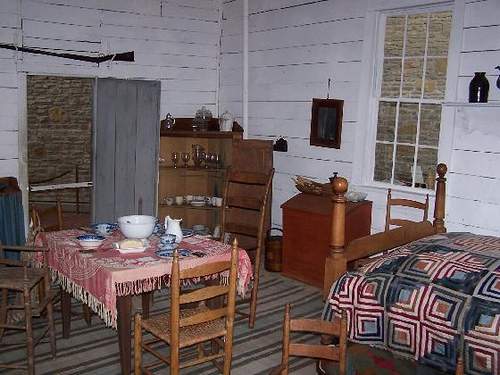
One of America’s greatest authors, Mark Twain was born Samuel Clemens in 1835 in Hannibal, Missouri—the town on the Mississippi River that inspired Twain throughout
The Adventures of Tom Sawyer. Now the town honors him with The
Mark Twain Museum, a collection of eight buildings, each an important part of Twain’s early life and six of which are on the National Register of Historic Places. If it wasn’t marked as such, you might walk by Twain’s small frame house at 208 Hill Street, which has been recreated with period furniture in each room, but it’s hard to miss the more lavish Hawkins house across the street, where Laura, the inspiration for Becky Thatcher, lived. Indeed, walking through Hannibal is a true stroll through the life of Tom Sawyer and Huck Finn, and you can also see many Twain artifacts like one of his famous white jackets, his writing desk, chair, typewriter, and first editions of his major works. Just be forewarned: you might be tempted to find a raft and float down the Mississippi for the rest of your vacation.
Do you have any literary vacation suggestions? How are you spending your holiday/vacation time this year?







